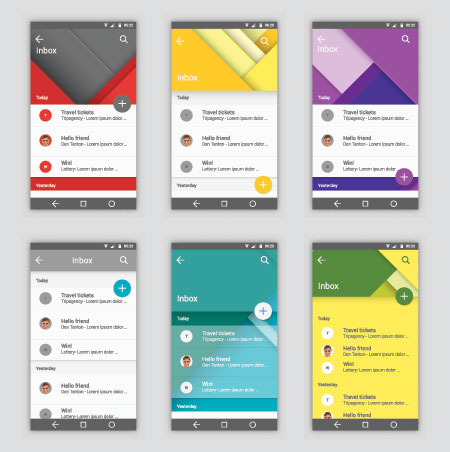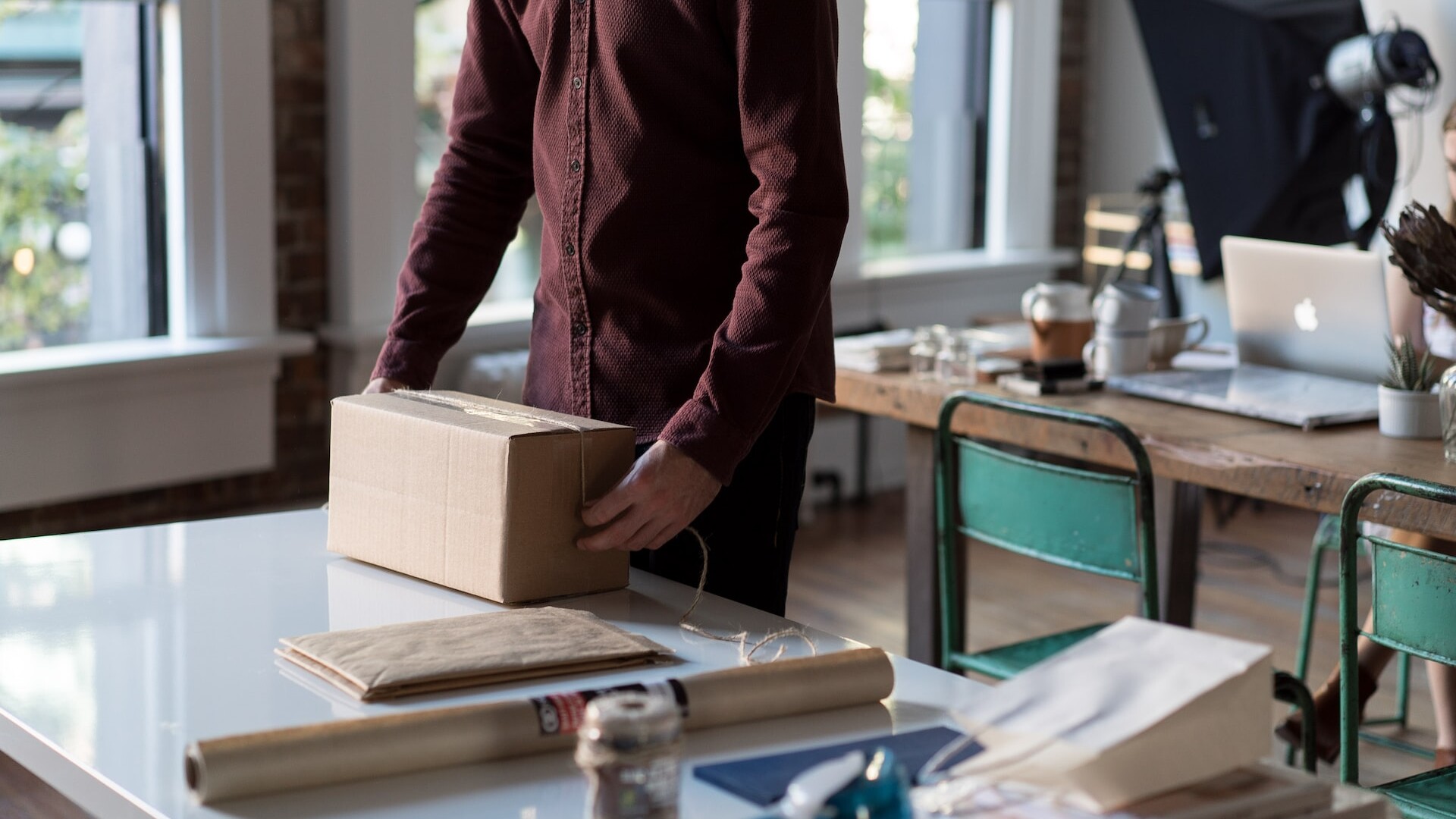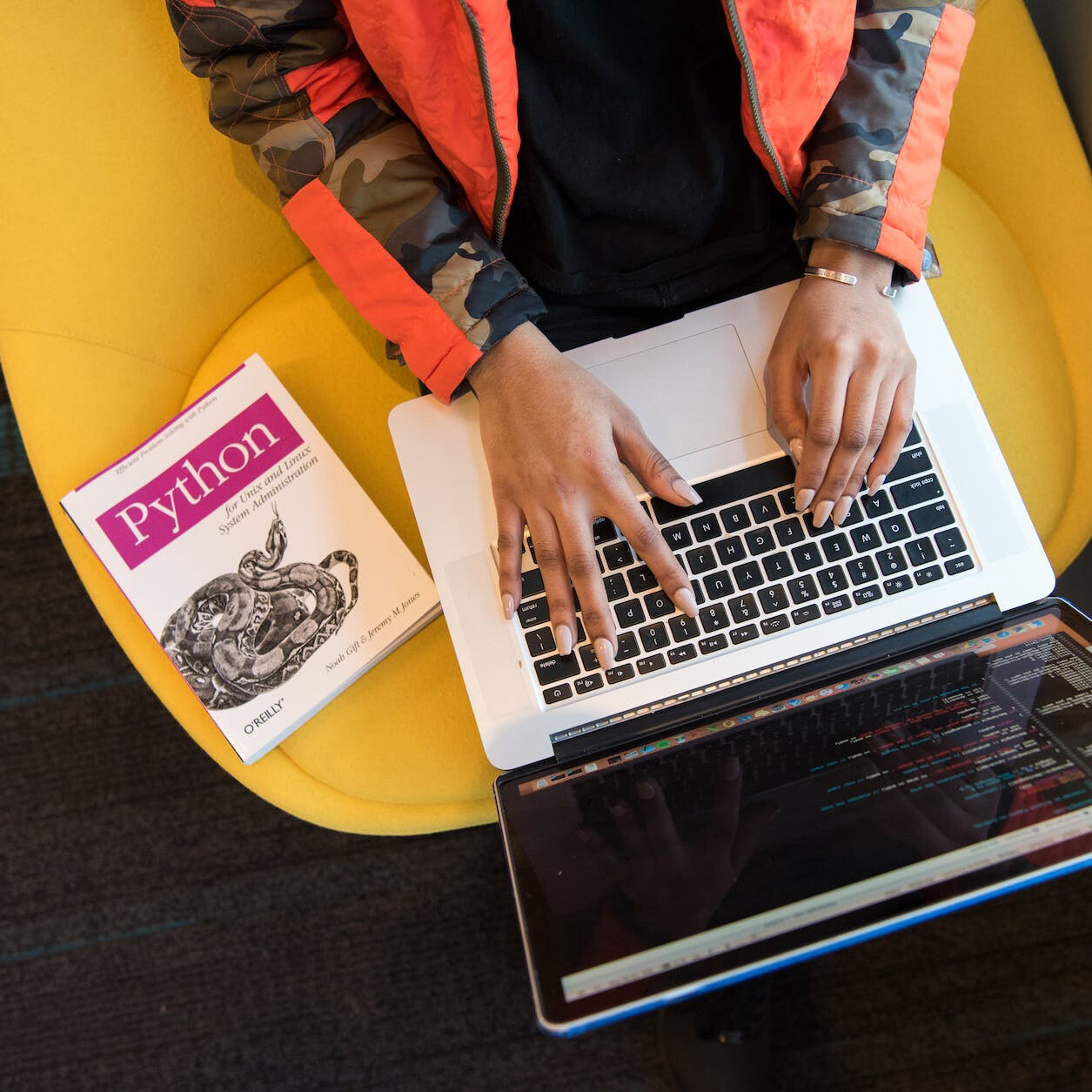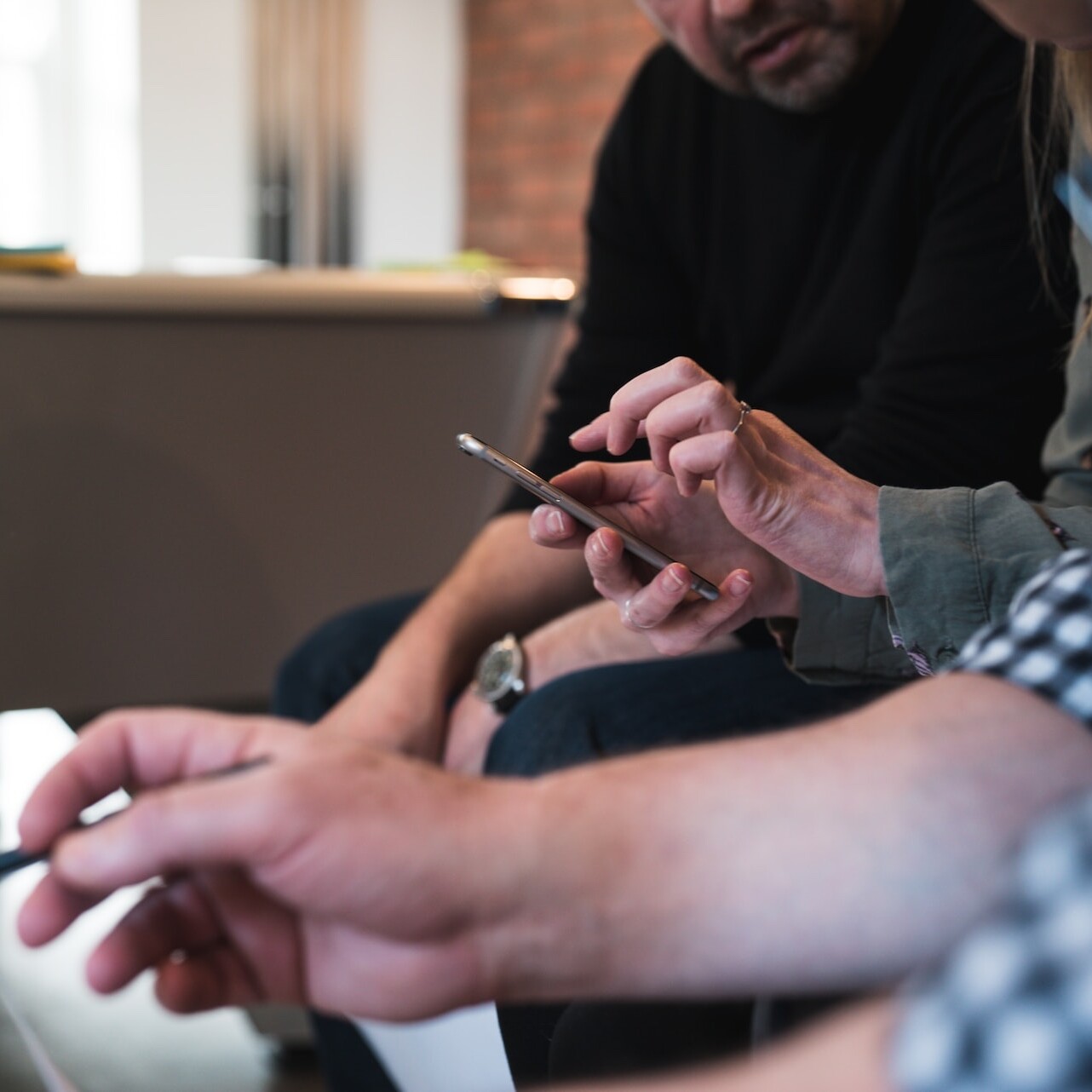Material Design: What Is It And How Can It Help User Experience?
Initially developed by Google, material design is described as a ‘design language’, integrating aspects of flat design with movement and shadows that produce a slight 3D effect to selected graphical elements. Featuring grid-based layouts, responsive animations and transitions, padding, and depth effects such as lighting and shadows the design was initiated by cutting elements of the interface, namely icons, out of paper to get a feel for how shadows were cast over them in a real-life setting.
As described by it’s creators, material design is ‘grounded in tactile reality, inspired by the study of paper and ink, yet technologically advanced and open to imagination and magic.’ Google’s recent update to its iOS app integrates this web design trend. Delightfully analog in it’s cut and paste development, material design is as steeped in data, testing and analysis as you can get.
In many ways, material design takes flat design to the next experiential level. While flat design, personified by two-dimensional, clean, smooth, crisp edges and bright colors – can be coined the ‘champion of usability’ – material design takes the user experience to another dimension, offering a more interactive, yet easy-to-use experience. Designers who employ flat design identify with a simplified, digital aesthetic, favoring simple iconography, while material design brings the element and intricacies of artificial realism.
The product of material design is aesthetically crisp, appealing to the high-tech attuned, but by design – incredibly intuitive. Through the deep and intensive process of analyzing every design element – graphic, color, type – no detail is overlooked and optimized to create the ideal user experience. The result is ordered with beauty, purpose, and meaning – creating a truly experiential interface.
In an increasingly digital landscape where business, commerce and productivity are measured by apps and software, it’s critical that the interfaces used create a better connection with the user. Through material design, the user is truly immersed in the experience, becoming a part of the process by the cues provided by the interface, thus creating a closer relationship with the brand and product it serves.
Material design cannot be implemented quickly, and must be done with as much intention as possible to provide the best user experience. It’s advised to introduce elements to an existing design over time, conduct testing and ensure the ideal user is comfortable with the new design and funtionality.
Get out the scissors and paper and start your mock-ups, material design is here to stay.




